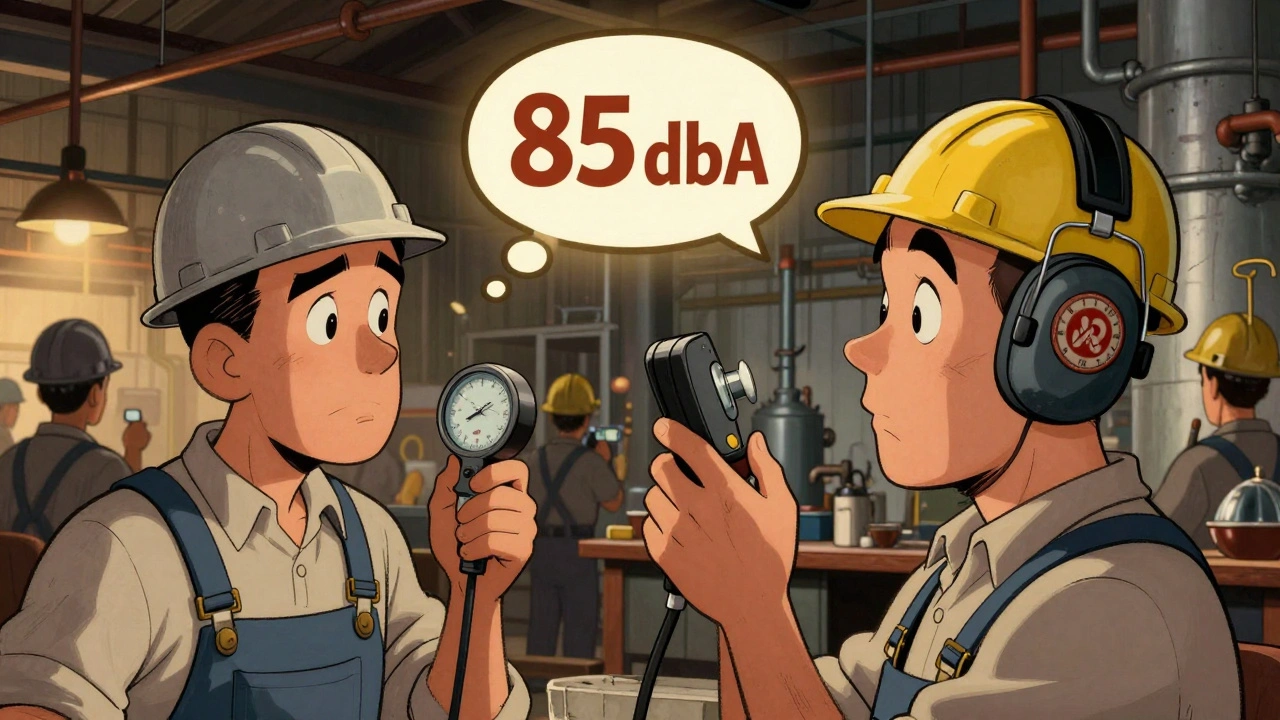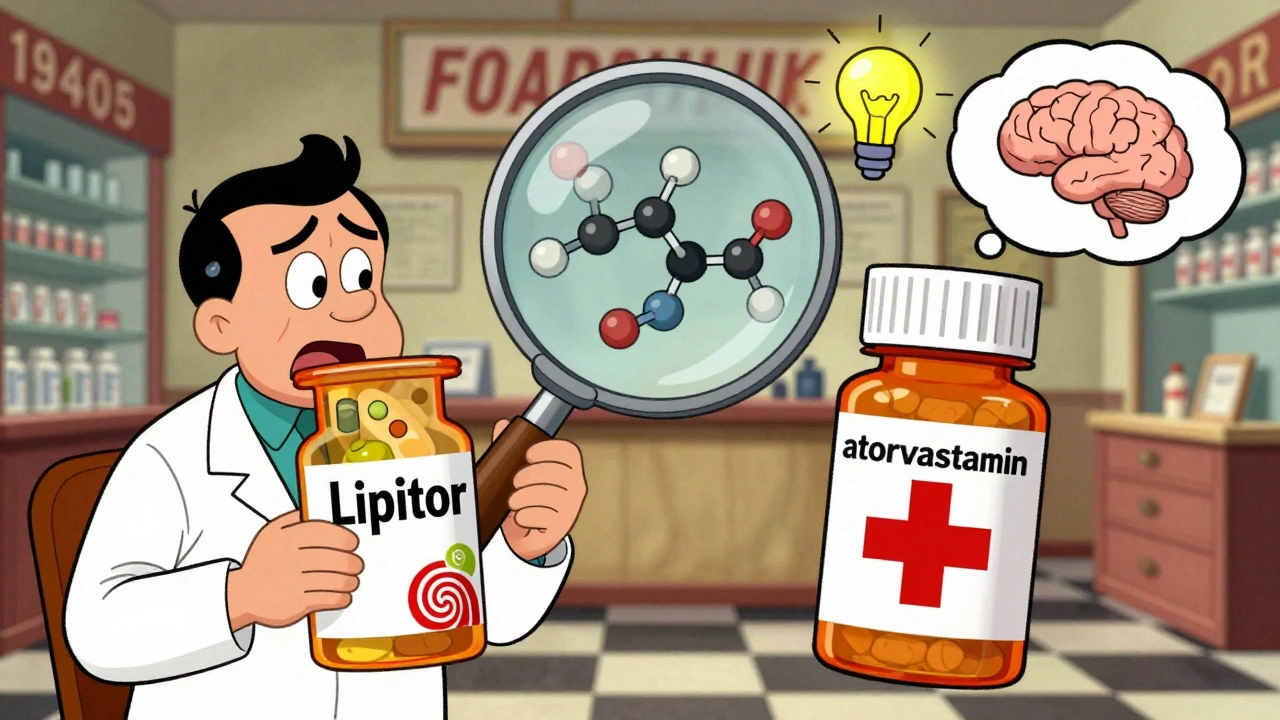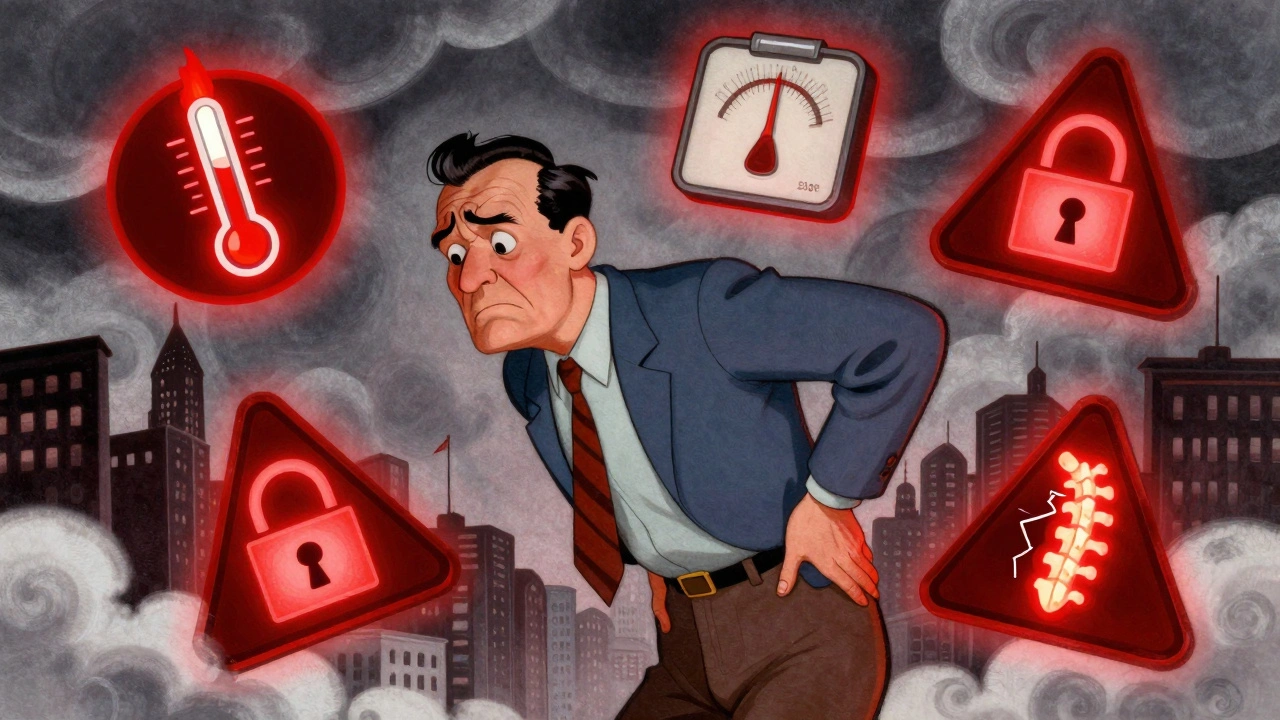Diabetic Emergency: Signs, Causes, and What to Do Right Now
When your blood sugar goes too high or too low, it’s not just uncomfortable—it’s a diabetic emergency, a life-threatening condition caused by extreme blood glucose levels that require immediate action. Also known as an insulin reaction, this isn’t something you can wait out. It happens to people with type 1, type 2, and even those newly diagnosed who haven’t yet learned their body’s signals. The two main types—hypoglycemia, dangerously low blood sugar, often from too much insulin or skipped meals and hyperglycemia, dangerously high blood sugar, usually from missed meds, illness, or too many carbs—both demand quick responses. Left untreated, either can lead to seizures, coma, or death.
Diabetic ketoacidosis, a severe form of hyperglycemia where the body starts breaking down fat for fuel, creating toxic acids called ketones is especially dangerous for type 1 diabetics. It often shows up with fruity-smelling breath, nausea, confusion, and rapid breathing. Meanwhile, severe hypoglycemia can sneak up—sweating, shaking, dizziness, or sudden irritability—sometimes before you even feel it. Many people don’t realize they’re in trouble until someone else notices they’re acting strange. That’s why knowing the signs isn’t just helpful—it’s lifesaving.
What triggers these emergencies? Skipping meals, overdoing insulin, drinking alcohol without food, intense exercise without adjusting meds, or getting sick with an infection. Even stress or poor sleep can push blood sugar out of range. The good news? Most diabetic emergencies are preventable with simple habits: checking blood sugar regularly, carrying fast-acting sugar (like glucose tabs or juice), wearing a medical ID, and teaching friends or family how to help. You don’t need to be a medical expert—you just need to know what to look for and how to react.
Below, you’ll find real-world guides that break down exactly how to recognize these situations, what medications and actions actually work in the moment, and how to avoid falling into the same traps again. Whether you’re managing your own condition or helping someone who is, these posts give you the clear, no-fluff facts you need to stay safe.
Diabetic Ketoacidosis: Warning Signs and Hospital Treatment
Diabetic ketoacidosis (DKA) is a life-threatening diabetic emergency marked by high ketones, acidosis, and dehydration. Recognize early signs like extreme thirst, vomiting, and fruity breath. Hospital treatment requires IV fluids, insulin, and electrolyte correction. Delaying care increases death risk.






